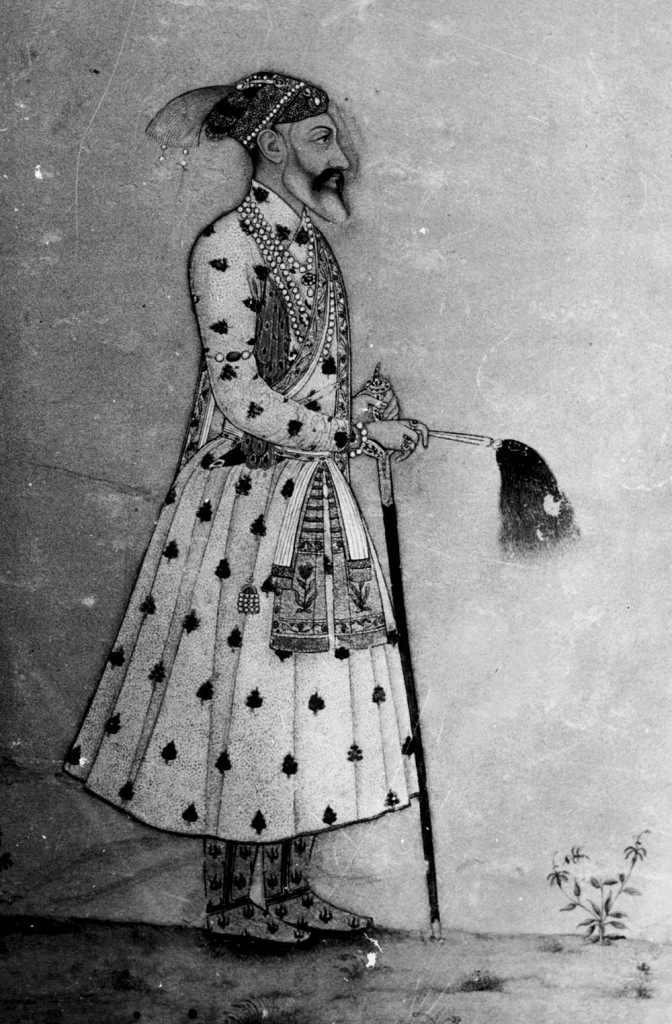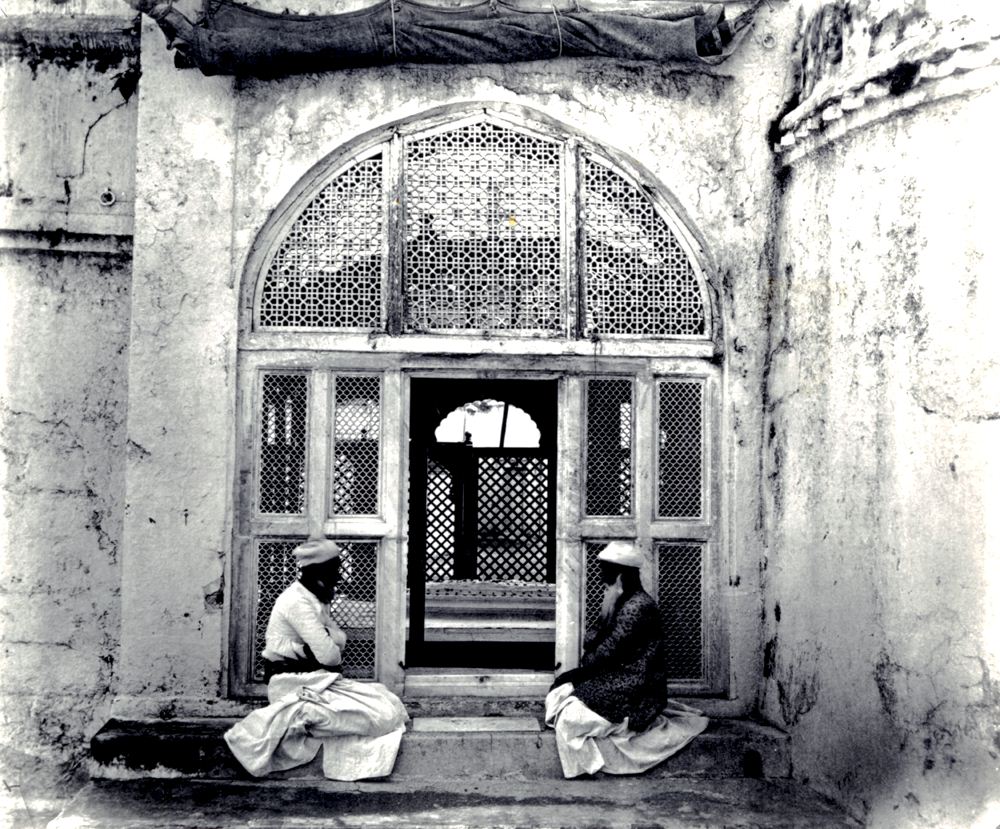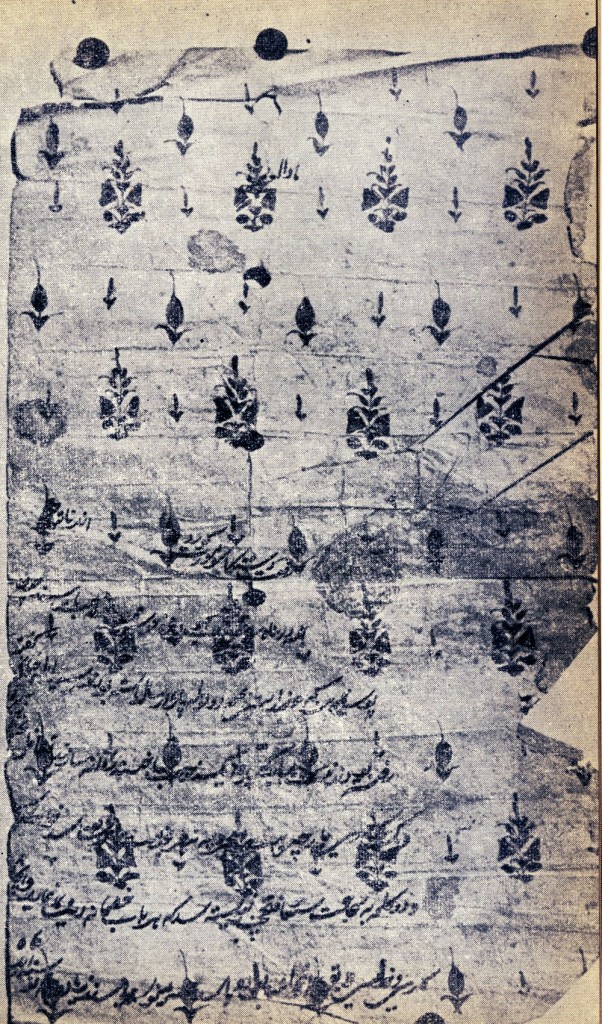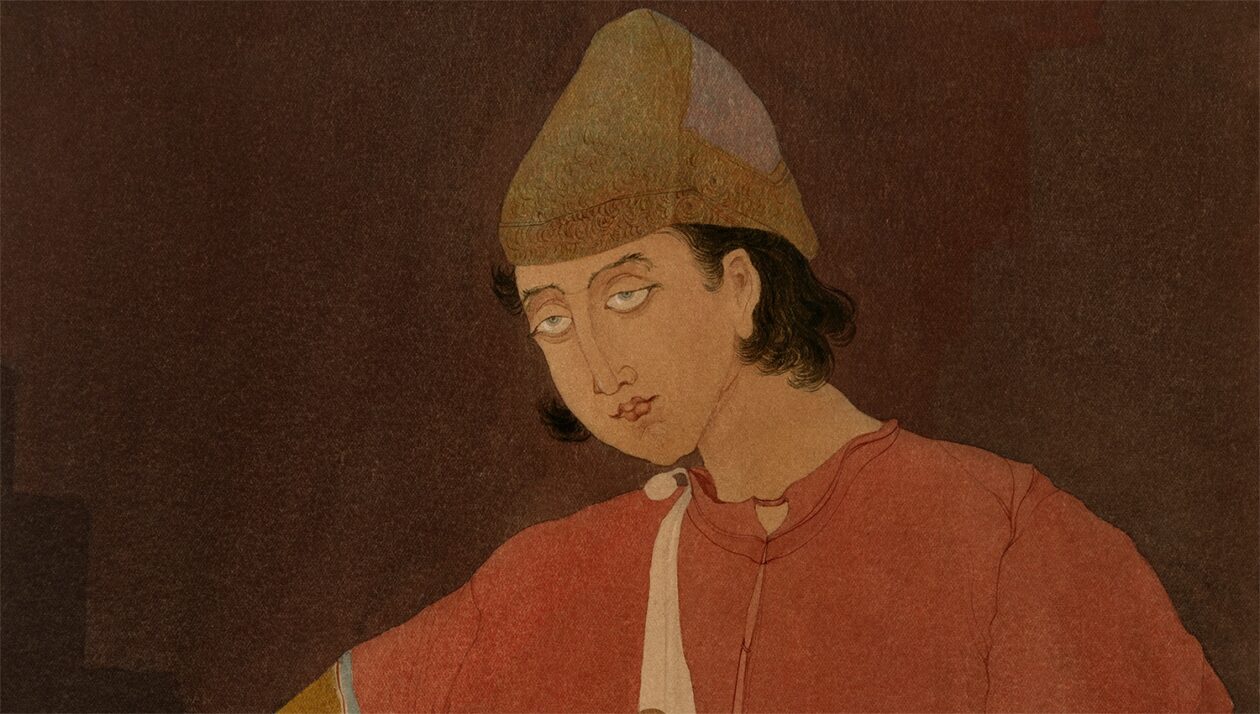SACRED ARE RELIGIOUS PLACES
NO ONE HAS RIGHT TO DESTROY THEM
The accusations against Aurangzeb Alamgeer

The image of Aurangzeb Alamgeer is perhaps the most misrepresented imagery of any Emperor in history. The story of Aurangzeb is upturned in all ways and shows that this mud slinging is not by mistake, but a deliberate act of vengeance against him. This is not the thesis of our book to pick it up in detail, but for political truth, the writing of Shibli Nomani is best. Even that has been corrupted in various editions by vested interests. As Sheikh Atta ullah tells us in the third centenary volume of Aurangzeb’s rule:
“Speaking at the occasion Maulana Ilmuddin Salik said that Aurangzeb was vilified by Hindu historians for no other reason except that he was a true Muslim. Britishers portrayed him as a whimsical tyrant ruling ruthlessly over a vanquished host of Hindu population to add fuel to the fire of Hindu-Muslim differences. This was, in perfect harmony with the policy of divide and rule.

With an array of convincing arguments and historical facts the Maulana disproved that Alamgeer’s adherence to one sect ever led him to deal out a bigoted treatment to the members of other sects or religions. He quoted instances when he alloted lands to Hindu temples and Sikh shrines. He added that only those temples were demolished which were built without the permission of the government.”

This so-called destruction of temples was not without reason. Islam forbids harm to religious places of non-muslims as a creed of life. Even the famous Sultan Mahmud Ghaznavi did not destroy temples without reason. The Sultan not only had Hindus in his army, he even built temples for them in Ghazni itself. The destruction was of places associated with politics. Similarly the Hindu temples in Shah Jahan’s time were being used to inculcate Hindu doctrines in Muslim boys and girls, as well as used for political uprisings, engineered at these places. It was these that incurred the attention of Aurangzeb Alamgeer. The defense of the Empire itself was at stake. This fact is for once even admitted by Catherine B. Asher, in ‘Architecture of Mughal India’, when she says:
“But when Aurangzeb did destroy temples, he did so not out of bigotry, but as a political response when his authority was challenged.”
She further adds:
“Thus in a sense Aurangzeb destroyed state-endowed property, not private works.”
All this proves that ‘the alleged destruction is more legendary than real’. Only those were punished who rebelled against the state. The support of Emperor Aurangzeb to the Hindu Jogis of Jakhbar is known to all and a book written on same by B.N. Goswamy himself.
Historians are eager to speak of destruction of temples by Muslims, and are reluctant to even talk about the destruction of mosques by Hindus. We give an example. In 976 AH (1568 AD) Ali Adil Shah invited Ram Raja, the raja of Bija-nagar to help him against the rival Nizam Shah. The condition was that no harm will be done to sacred places. Ram Raja took the opportunity to set on fire and destroy all the mosques of Ahmad-nagar. This fact is clearly stated in history books, but no mention of it is found in general terms.

I think in both countries a younger generation is coming up, which sees through this hypocrisy, and it depends upon them to erase the paranoia and the fears that are generated by both sides. Without sacrificing anything, one should learn to respect each other, and live in eternal peace, for there is no subsitute for that.


I am sure a lot is surprising for many people